Understanding the e-bike and how to get the most from it
Helping rather than taking over, an electric bike is a sophisticated transport option
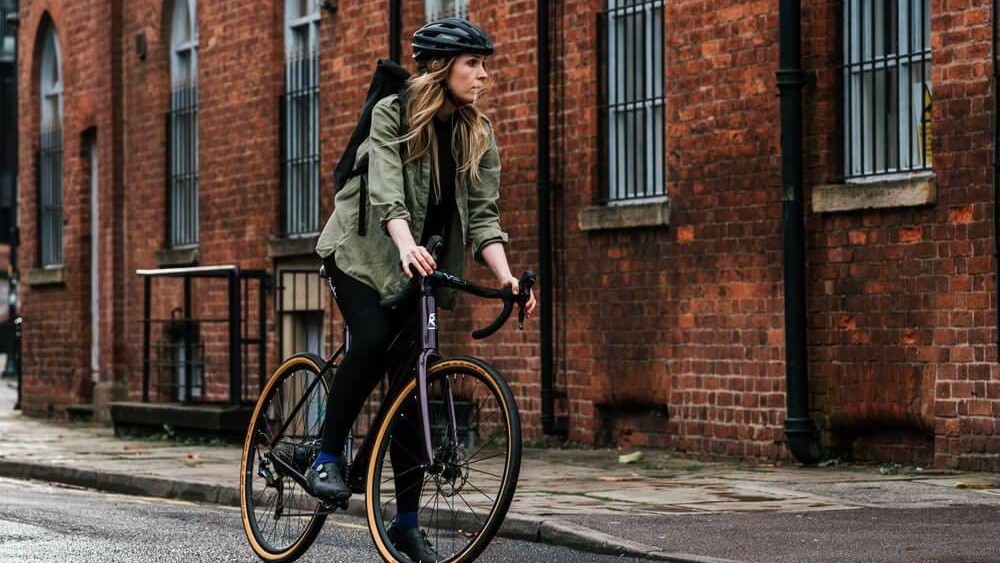

An electric bike is a great way to meet your fitness and transport goals, whatever your level, offering as much or as little assistance as you need. It’s that ability to dial the e-bike’s assistance to match your needs that’s key to getting the most from it.
Lots of electric bike options
There’s an e-bike available to suit all riders. If you’re just planning to use it for light leisure rides at weekends, a hybrid e-bike with flat bars might do the trick. It’s a good option for the commuter too, although a folding e-bike might work better for you if your commute includes public transport or you’ve got limited storage at home or at work.
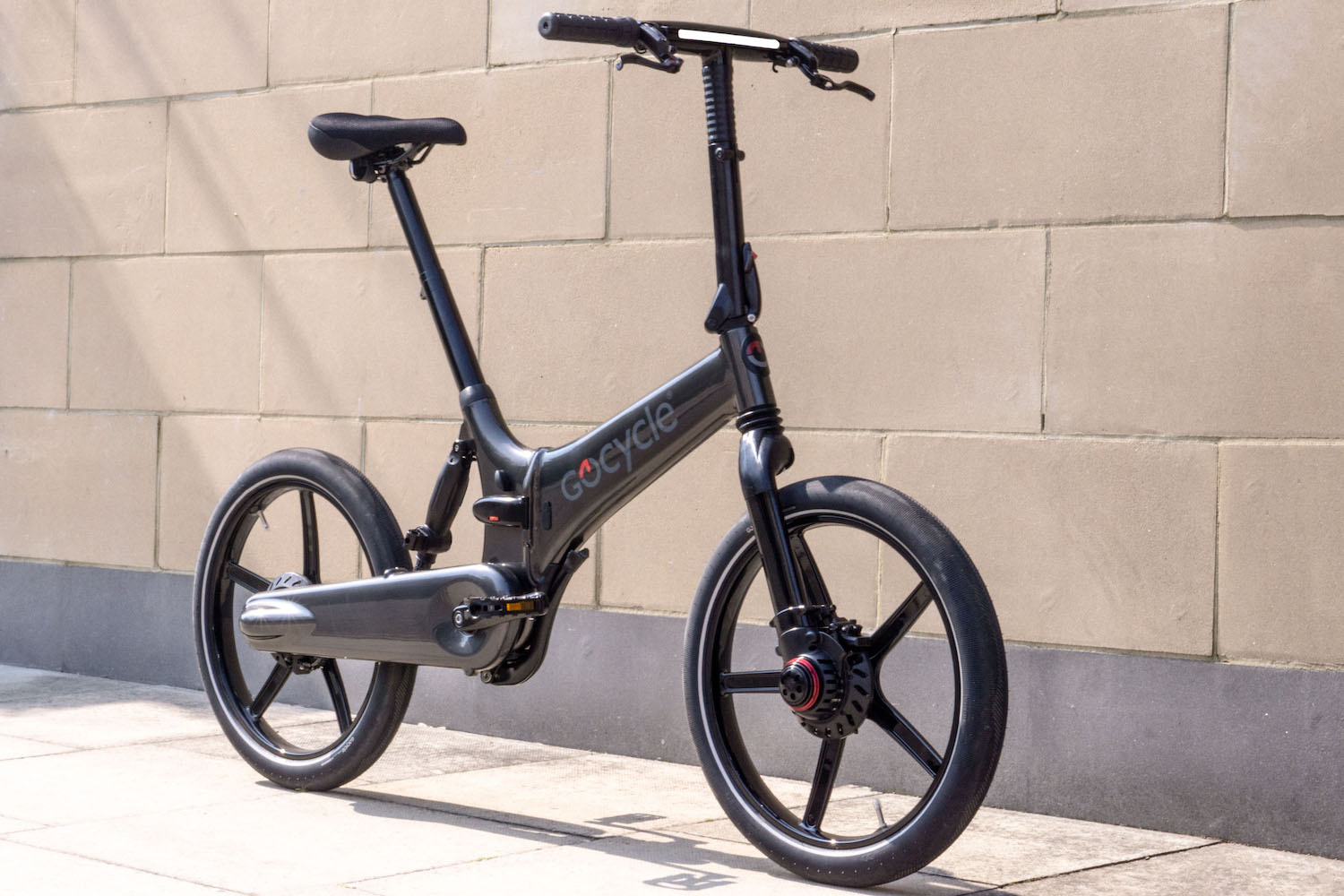
A folding e-bike will save on storage space
Another option for shorter commutes and riding around town is a smaller format non-folding hybrid, like the Cube Compact or the Orbea Katu e.
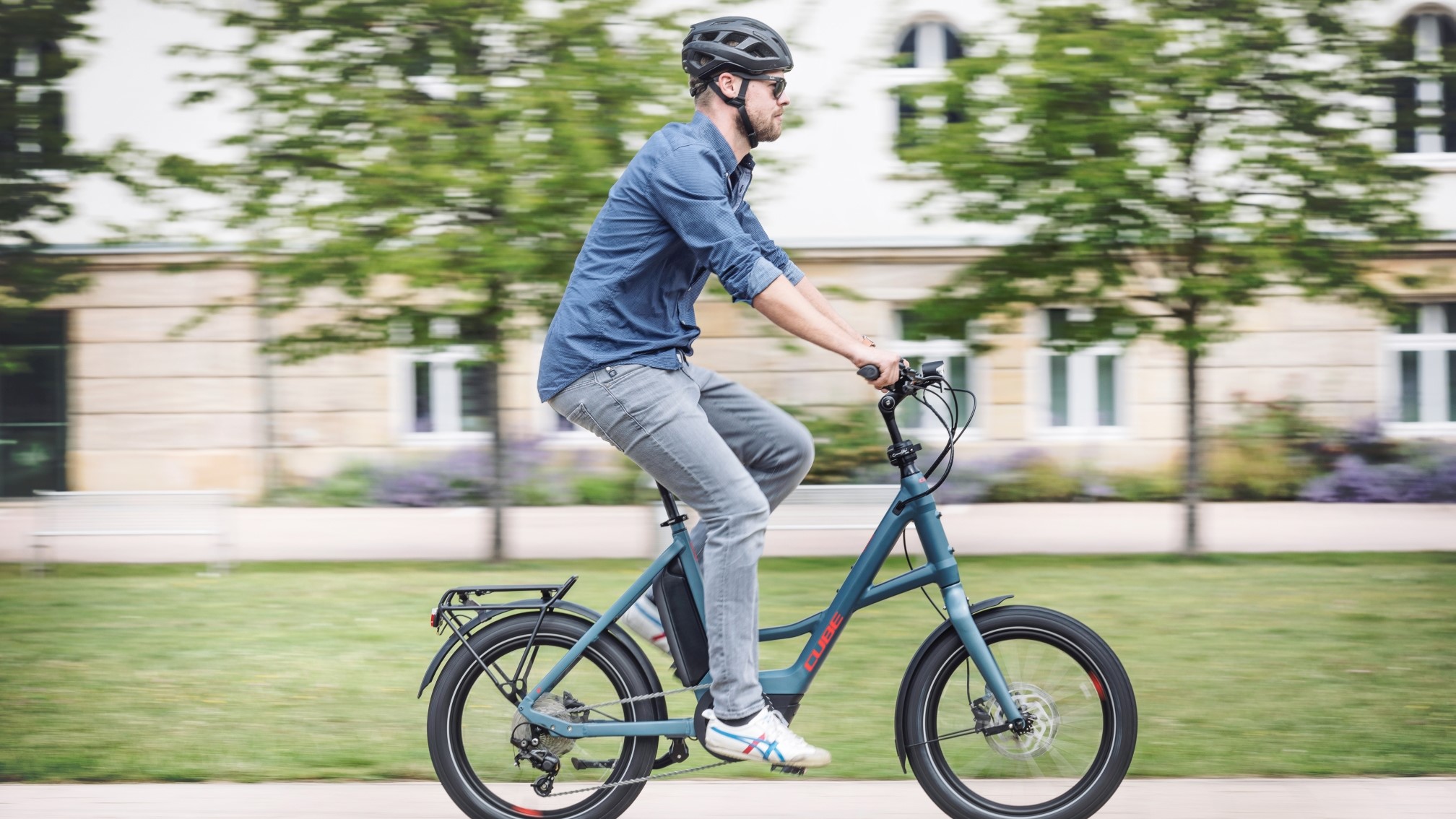
A compact e-bike will get you around town quickly
Some hybrids come with higher battery capacities too and are suitable for touring and light off road use, while an e-mountain bike will let you tackle more serious terrain. There are an increasing number of electric gravel bikes on sale, which will also give you a helping hand on rougher off-road surfaces.
Finally, you can buy electric drop-bar road bikes. Many are hard to distinguish from a non-assisted road bike. A lot of the time, you may find that you’re riding an e-road bike under your own power at above the 15.5mph/25kph at which the motor cuts out (20mph in the US), but the assistance is still there to help when your speed drops or you hit a hill.
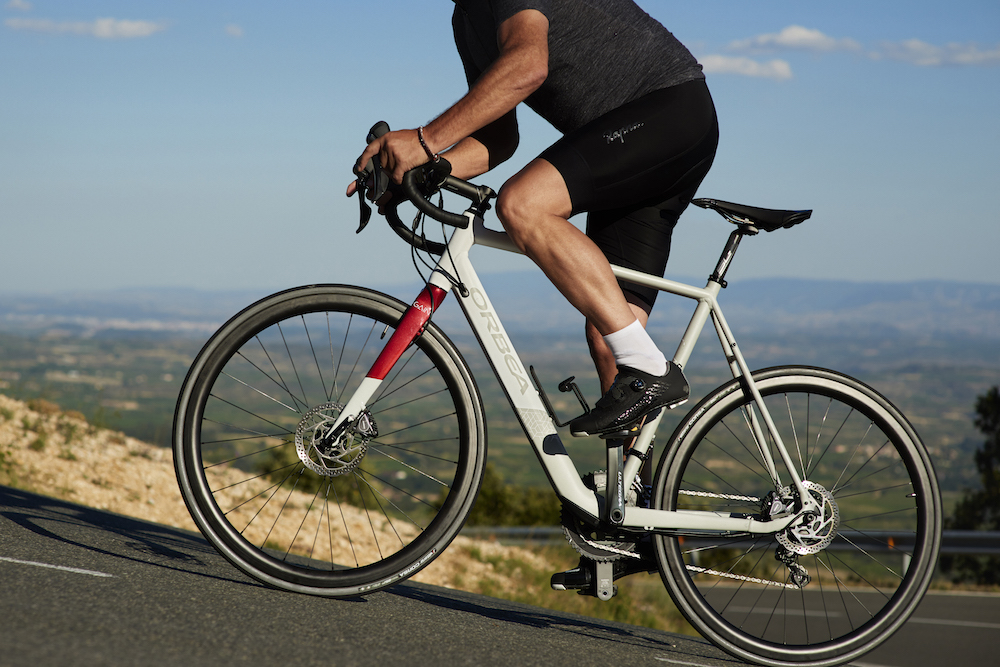
An electric road bike will help you tackle the hills on your ride
You can find electric bikes at prices from under £1,000 to £10,000 or more. Lower priced bikes will often compromise on battery capacity and may have lower quality components, while the more expensive bikes may have a larger battery, a more powerful motor and lightweight, high spec components with race-level performance.
How does an e-bike work?
The fundamentals of an electric bike are pretty simple. It will look much like a normal bike and you’ll need to pedal to keep it moving. But it will include a motor powered by a battery and there’ll be a controller to alter the assistance level.
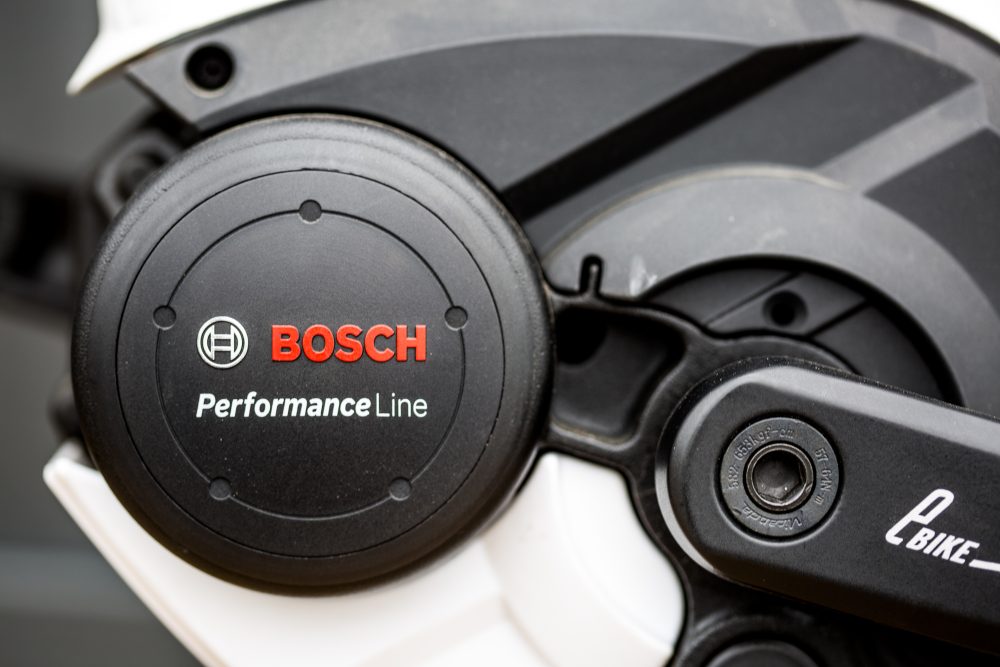
A mid-mounted motor will drive the e-bike via the pedals
Many e-bikes have a motor built into the pedal axle and powering the rear wheel through the chain and the bike’s gears. But you can also find e-bikes with a motor built into the front wheel’s hub; it’s a popular placement for folding bikes and some hybrids.
Other e-bikes have their motors built into the rear hub. Again, you’ll find the motor here on some hybrids and it’s also used on many electric road bikes, including all Ribble’s e-bike range.
The e-bike’s battery may be hidden within the bike's frame, with the down tube a popular placement. Other e-bikes have their batteries mounted externally on either the down tube or the seat tube, while under a luggage rack is a popular placement for flat bar hybrids.
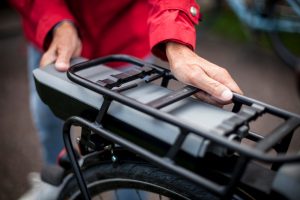
City hybrids often have their battery mounted under the luggage rack
Yet other e-bikes like the Brompton Electric carry their batteries in a removable luggage pack and some e-bikes offer you the option of a removable range extender battery that sits in a bottle cage.
Finally, the controller lets you change the assistance level provided by the motor, or switch it off completely, and monitor the battery’s charge level. Many controllers are mounted on the handlebars or integrated into the grips on the bars, where they’re easy to reach, but others may be integrated into the e-bike’s top tube. Some provide a lot more functions, like route guidance and ride recording and let you control lights.
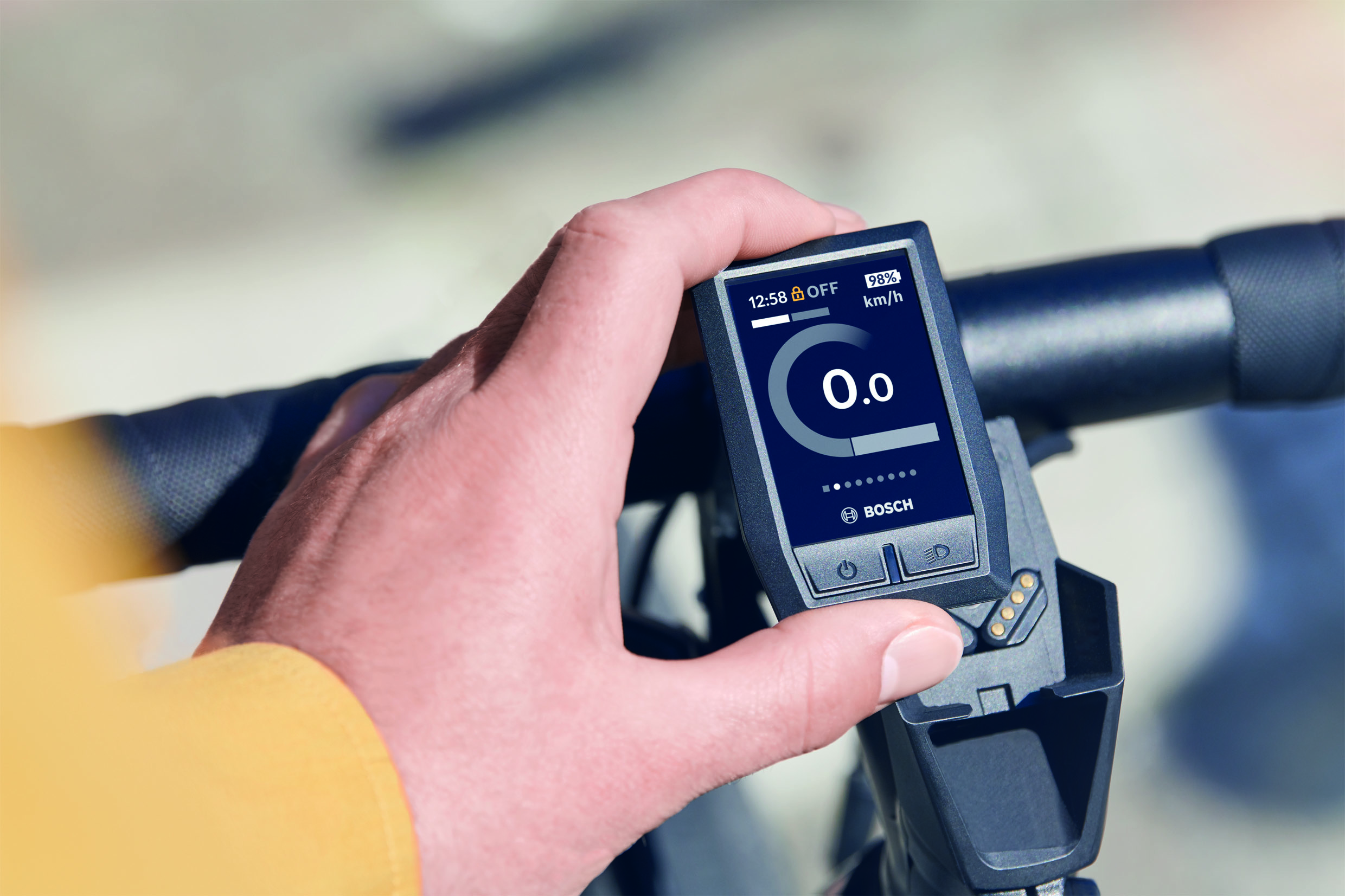
A bar mounted control unit will give you stats on your ride and your battery status
Hidden away in the e-bike’s internals will be sophisticated control software which takes inputs including how fast you’re travelling and how hard you’re pedalling to determine how much power the motor should be providing. That means that the e-bike won’t run away with you and that the motor will only ever supplement your pedal power, never take over completely.
Most electric bikes come with a smartphone app too. As a minimum it’s likely to provide diagnostics and battery level data. As with an e-bike’s controller, it may offer other functions like route planning and fitness monitoring, while some are designed to let you mount your phone on your handlebars and act as the motor controller too.
How to get the most from your e-bike
Key to getting the most from your e-bike is to select the assistance level that matches your needs. For a less fit rider, that might mean keeping their e-bike on its maximum assistance level all the time, to make riding less effort and more comfortable. If you’re not riding far or fast, running out of charge is unlikely to be an issue.
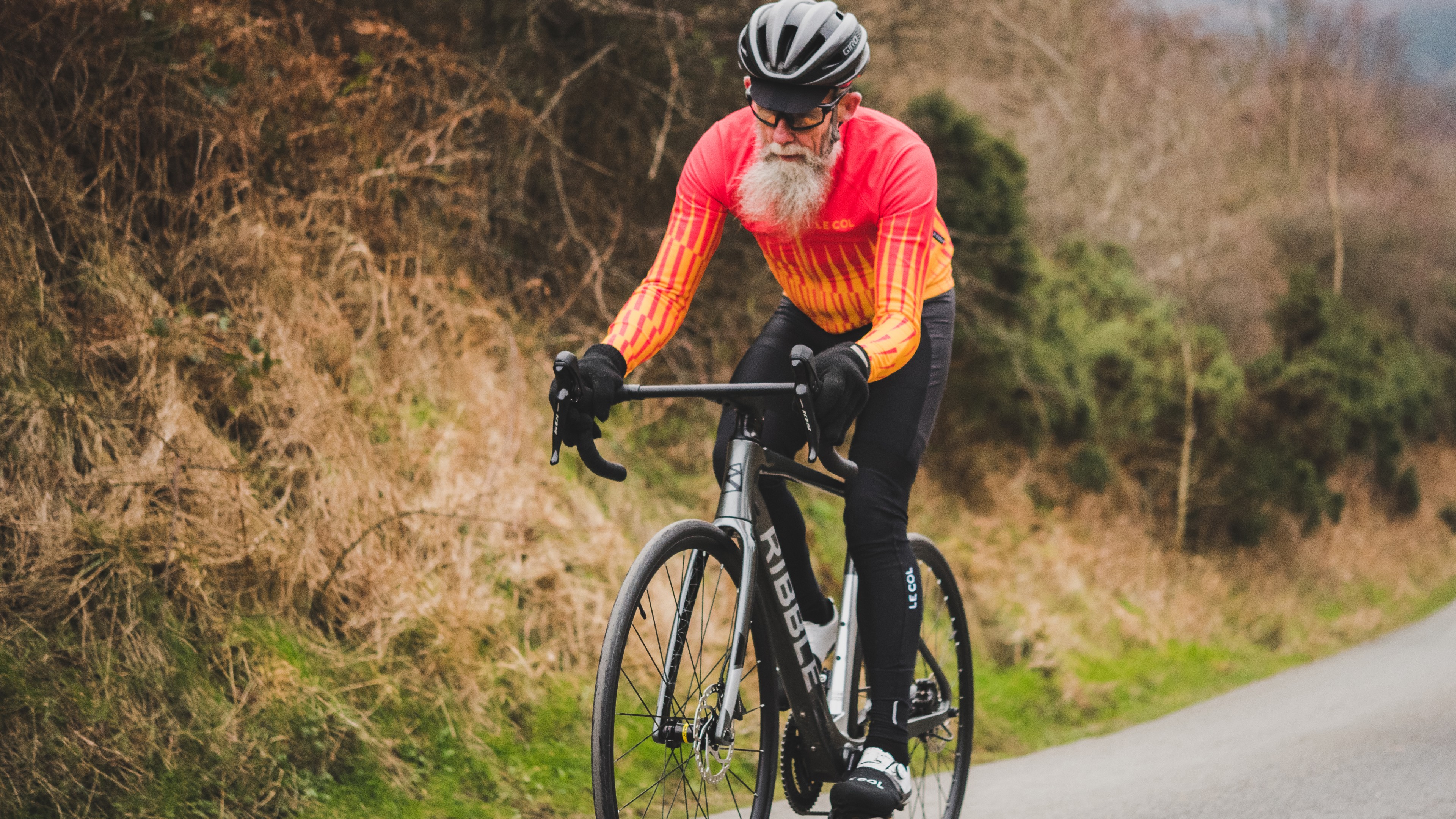
Drop your assistance level and you'll get more of a workout
Fitter riders may want to conserve charge and get more of a workout by dropping the assistance level on easier parts of their rides and increasing it when the terrain gets tougher. That will extend the available range too. Switch the motor off completely and you can still ride under your own power.
An electric bike is a great leveller between riders of different abilities, allowing the less fit to keep up. At age 90 William Shatner (Captain Kirk in Star Trek) still rides with his family, his e-bike letting him keep up with children and grandchildren.
E-bikes are powered by rechargeable lithium ion batteries. You can expect hundreds of charge/discharge cycles out of a battery with minimal degradation in capacity.
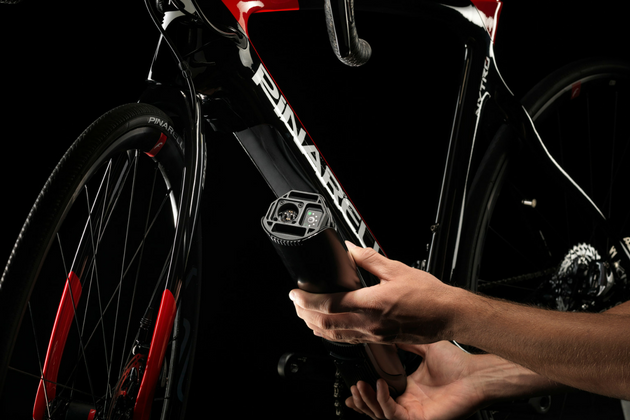
Many e-bikes have removable batteries which can be taken indoors to charge
You hear a lot about the difficulties of recharging electric cars and range issues, but they’re problems that e-bikes avoid, as they’re charged up more slowly - usually in two hours or more - using a standard mains socket and a transformer and sophisticated software means that the battery shouldn’t ever be overloaded during charging.
With their available range, which varies depending on how and where you use the e-bike but is typically around 80km, there’s little reason why you are likely to need to recharge an e-bike during a ride. Just charge up once you return home and you’ll be good for your next trip.


Thank you for reading 20 articles this month* Join now for unlimited access
Enjoy your first month for just £1 / $1 / €1
*Read 5 free articles per month without a subscription

Join now for unlimited access
Try first month for just £1 / $1 / €1
Get The Leadout Newsletter
The latest race content, interviews, features, reviews and expert buying guides, direct to your inbox!
Paul started writing for Cycling Weekly in 2015, covering cycling tech, new bikes and product testing. Since then, he’s reviewed hundreds of bikes and thousands of other pieces of cycling equipment for the magazine and the Cycling Weekly website.
He’s been cycling for a lot longer than that though and his travels by bike have taken him all around Europe and to California. He’s been riding gravel since before gravel bikes existed too, riding a cyclocross bike through the Chilterns and along the South Downs.
-
 'It took everything' - Puck Pieterse outclimbs Demi Vollering to win La Flèche Wallonne
'It took everything' - Puck Pieterse outclimbs Demi Vollering to win La Flèche WallonneDutch 22-year-old shows Classics pedigree with first one-day victory
By Tom Davidson
-
 Tadej Pogačar flies to dominant victory at La Flèche Wallonne
Tadej Pogačar flies to dominant victory at La Flèche WallonneSlovenian takes second win at Belgian classic ahead of Kévin Vauquelin and Tom Pidcock
By Tom Thewlis